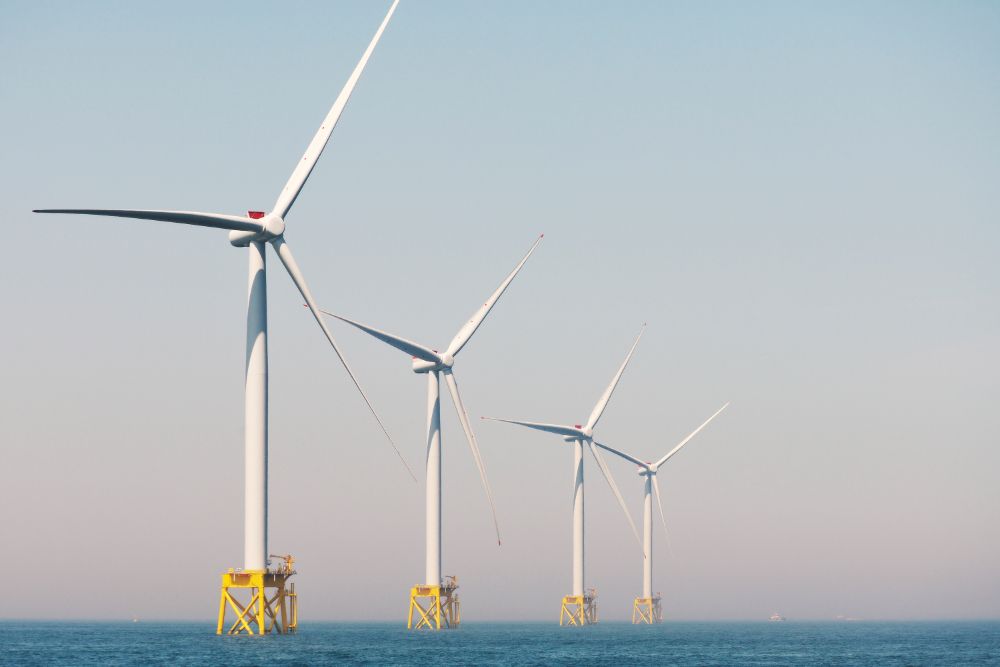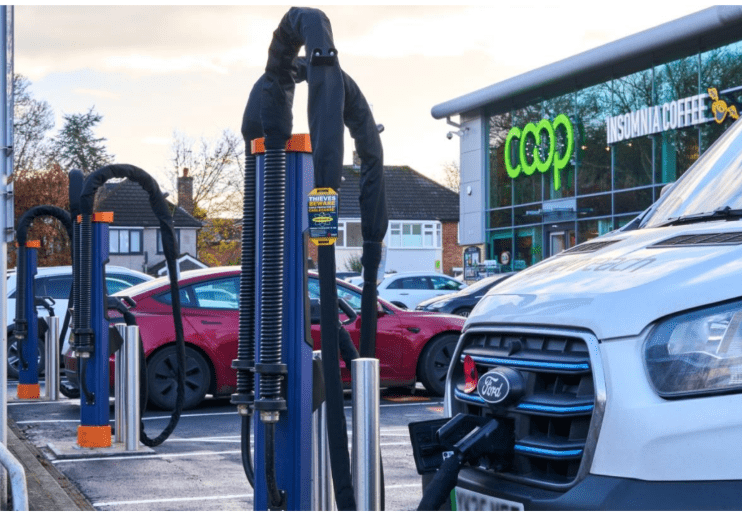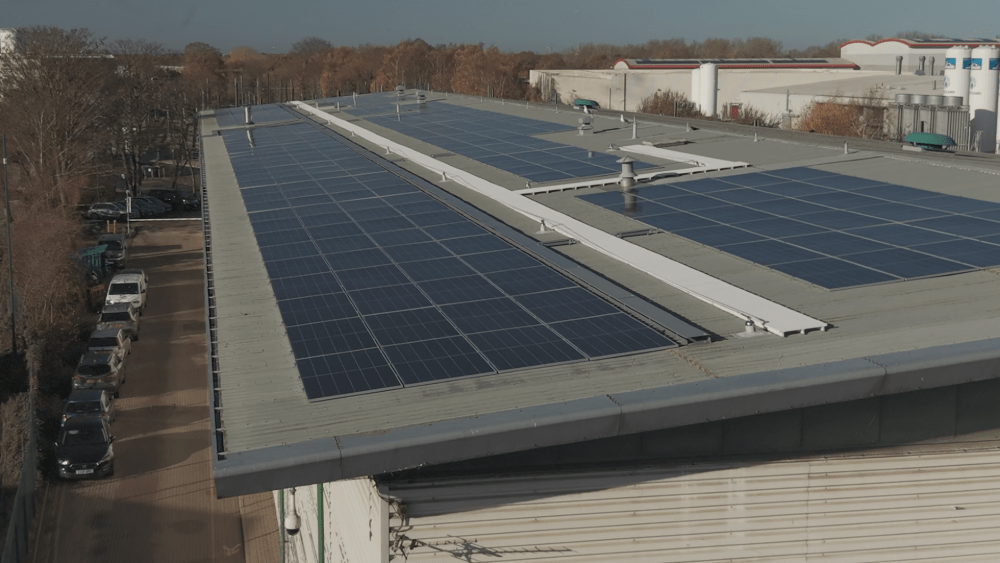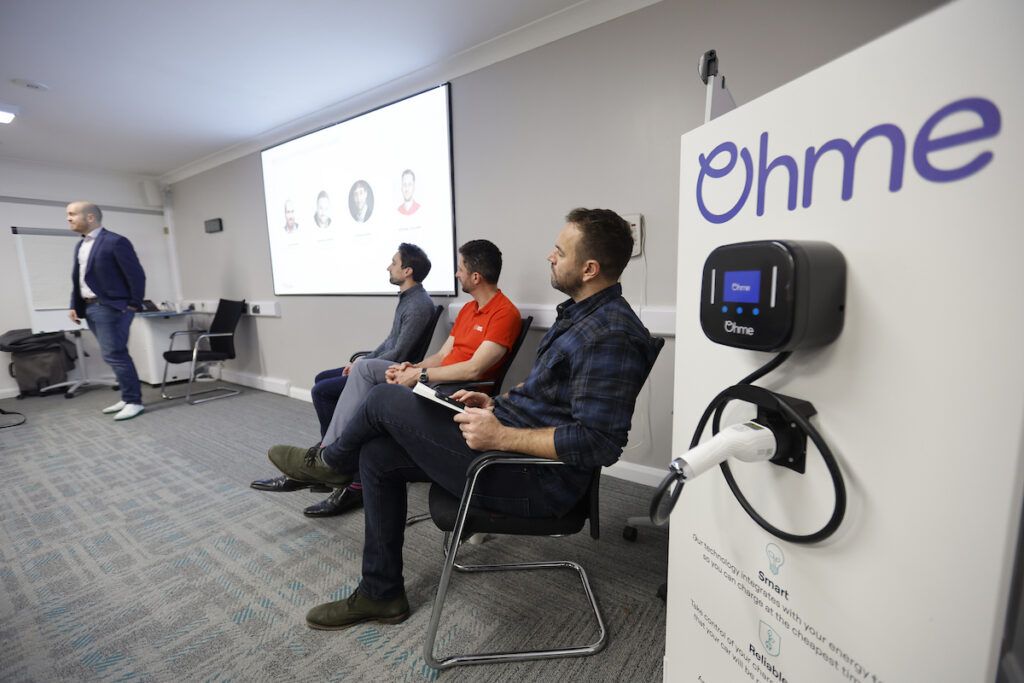In this article, Anthony Velazquez of TRL considers the role of transport as part of the wider energy system. In line with concerns over human health and various decarbonisation targets, we are seeing a shift from fossil fuels to alternative energy sources. Anthony considers the pros and cons of a number of these sources – including hydrogen and electric – and whether there is a single solution that fits all. He also explains in more detail the role TRL is playing in this area.
Transport has always been a critical component of the energy system. Historically, energy demand from transport has consisted mainly in liquid fuels from fossil origin. Due to the impact of these on human health, firstly, and most recently on the climate emergency, a shift from fossil fuels to alternative energy sources is being accelerated. While they may seem fully aligned, there is a policy dilemma between zero air quality and GHG emissions.
Biofuels, biogases and electrofuels can deliver near or even carbon negative GHG emissions when used in conventional powertrains. However, internal combustion engines still emit small amounts of air quality pollutants, that when aggregated at scale, becomes a hazard for ecosystems, the built environment and human health. Exhaust emissions treatment systems increase vehicles’ mass, which in turn increases fuel consumption and GHG emissions. There are also challenges related to cold starts and the compatibility of engines with high fuels bioblends.
It is quite clear that the future of transport will be electric. It is very likely that a combination of several technologies will coexist for many years to come, ones more adequate than others depending on the transport mode, operational needs and geography. The technologies with most potential include batteries potentially supported by electric roads systems, fuel cells, hybridisation of both, and other future innovations (e.g. super capacitors).
Motors powered by electricity stored in batteries, or electricity generated by fuel cells using hydrogen or hydrogen carriers, offer a very diverse range of energy pathways. Electricity generated from renewables or nuclear present very low GHG emissions; however, the capacity of a country to produce vast amounts of renewables is contingent to its geography and weather conditions, as well as NIMBY attitudes towards environmental, safety and visual impacts. Nuclear, tends to face opposition and it is being phased out in many regions.
The same applies to the use of fossil fuels to generate power for transport, as this approach defects the whole purpose of reducing well-to-wheel GHG emissions as these are propagated at planetary scale, rather than being a localised issue. There is potential to use fossil fuels for a while to support the generation of economies of scale that will improve e-mobility affordability, as long as GHG emissions are captured, sequestered or utilised (CCSU) in symbiotic industrial processes. If this electricity is used to generate electrolytic hydrogen, the same principles apply, with the aggravation of the lower efficiency of fuel cells (45%) compared to batteries electric vehicles (76%) or vehicles powered by electric roads (85%).
Hydrogen is typically produced via steam methane reforming which requires CCSU to yield low emissions, a process that is not deployed yet at commercial scale. Alternatively, methane could be replaced by biomethane; however, not only this would increase costs, but also there is limited generation capacity. There are also other low carbon pathways to generate hydrogen such as water thermo-splitting in nuclear power stations, gasification of biomass or anecdotical hydrogen production with cyanobacteria. The pros and cons of each pathway would need a dedicated article.
The transport and energy systems must work together to identify how the future may look like as there is not a single solution that fits all, definitely not all transport modes, not all users and consumers within the same transport mode, and not across all countries due to the characteristics of their energy systems. TRL is working in the monitoring and evaluation of e-mobility trials for cars, vans, buses, trucks, and ships, around airports, ports, and the strategic road network. Batteries supported or not by electric road systems and fuel cells are now technically and operationally feasible options that with the right economies of scale are likely to reach cost parity with their fossil fuel incumbents way before 2030. The choice of technology is influenced by operational needs, vehicle payloads, technical performance requirement.
Battery electric cars, vans, buses, and small trucks can perform very well in urban environments. However, access to recharging infrastructure can be very challenging and costly. Furthermore, large uptake is likely to require the adaptation of the low voltage network and disruption to cope with the increased demand. Larger HGVs can perform well with hydrogen or electric road systems. Hydrogen refuelling networks are very immature still (conversion of the gas grid to hydrogen would have a very positive impact) and ERS have only been deployed at demonstration scale. Rail transport electrification business case is highly dependent on utilisation rates. Ships can perform well with hydrogen, although liquid organic hydrogen carriers and ammonia are likely to be a strong contender as they are much easier to handle and transport.
There is no doubt that battery electric powertrains are more efficient than hydrogen fuel cells ones. However, the future energy system will depend to a large extent on the total costs of ownership and user experience, regardless of how efficiency considerations (the public is unaware of these nuances). This means that if it is cheaper to run a fuel cell vehicle powered by hydrogen imported from the Sahara region, this technology is likely to dominate versus another that may be more energy-efficient but more expensive and less convenient (e.g. recharging vs refuelling time, on-street recharging point vs conventional petrol station). Yes, it is true that carbon taxes may benefit more efficient pathways in the short-term; however, in the long run, with the very low carbon pathways that we are expecting towards 2050, these differences in carbon intensities will have a very small impact.
The choice of energy pathways in transport requires the production of business modelling on the part of the buyers, whole energy systems optimisation modelling to support policy makers, as well as, a cost-benefit analysis on the Government side. Examples of some of these less obvious factors that must be considered, include the contribution of the energy pathway to energy security, to energy flexibility and to the national industrial strategy.
TRL provides independent and unbiased insights regarding the impact of different vehicle technologies on whole energy systems, vehicles’ technical and operational performance, end-to-end safety frameworks and safety risk assessments, and qualitative research into users’ experience, and perceptions and attitudes of other stakeholders. Our research suggests that the unique certainty is that the future of transport will be electric; however, the energy pathway to achieve this is still very much uncertain.








